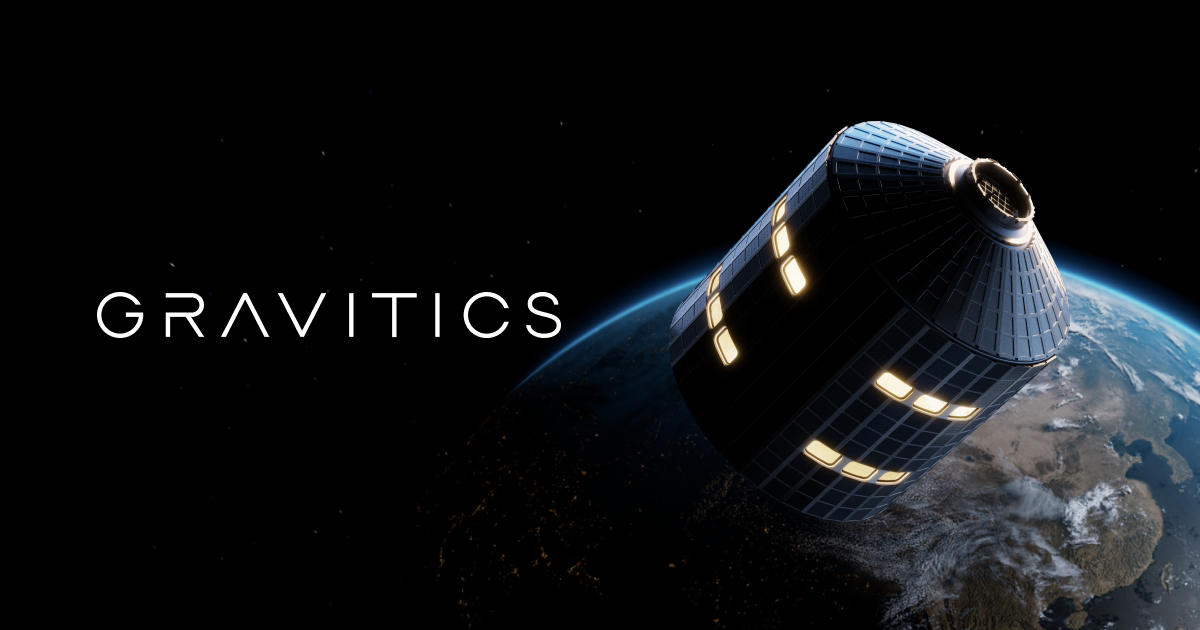A space venture named Gravitics has emerged from stealth mode with twenty million dollars in seed funding and a plan to build space station modules at a forty-two thousand square foot facility north of Seattle, in Marysville, Washington.
NASA is planning to phase out the International Space Station around 2031. Gravitics and its backers are betting on rush to launch commercial outposts to low Earth orbit. The operators of these orbital outposts will probably need subcontractors to provide the hardware.
Gravitics main product will be a huge module known as StarMax. The general-purpose modules will provide up to fourteen thousand cubic feet of usable volume. This represents almost half of the pressurized volume of the International Space Station. Multiple StarMax modules can be linked together in orbit like Lego blocks.
Colin Doughan is the cofounder of Gravitics and its CEO. He said today in a press release, “StarMax gives our customers scalable volume to accommodate a space station’s growing user base over time. StarMax is the modular building block for a human-centric cislunar economy.”
The investment group for the newly announced seed funding round is led by Type One Ventures and also includes Tim Draper from Draper Associates, FJ Labs, The Venture Collective, Helios Capital, Giant Step Capital, Gaingels, Spectre, Manhattan West and Mana Ventures.
Tarek Waked is with Type One Ventures. He has joined the Gravitics board of directors. He said, “Having scalable space infrastructure that is 100% made in the United States is good for the space industry, good for the country, and is just the beginning of an effort that the whole world will benefit from as space becomes more and more accessible.”
Doughan brings almost two decades of aerospace industry experience to the venture. He was a senior finance manager at Lockheed Martin from 2003 to 2021. He also served as cofounder of Altius Space Machines which was acquired by Voyager Space Holdings in 2019.
Other leading members of the Gravitics team include Bill Tandy. He is a veteran of Ball Aerospace; Jeff Bezos’ Blue Origin space venture; and director of engineering Scott Macklin who was former head of propulsion at Virgin Orbit. Gravitics says that its workforce has grown to nearly forty people. This includes full time employees as well as contractors.
The site of Gravitics forty-two thousand square foot facility will be about forty miles north of Seattle in Marysville, Washington. The company has acquired construction permits and posted job listings for the facility. They say that they have already begun assembling their first StarMax prototype. They are also preparing to conduct module pressure tests in early 2023. The ground-based pressure tests would open the way for an orbital test mission that has yet to be announced. Pre-order are being accepted for module delivery as early as 2026.
Gravitics is likely to face serious challenges as it tries to break into a market alongside major players such as Thales Alenia Space which is manufacturing space station modules for Axiom Space); Sierra Space and Blue Origin which are working on modules for the Orbital Reef space station; Northrop Grumman which is developing its own space station concept; and Lockheed Martin which is part of the team for the Starlab space station project, led by Nanoracks.
In a recent interview, Type One’s Waled said that he expected SpaceX Starship super-rocket to open up new opportunities in the years to come. He added that “We’re betting on Starship revolutionizing the industry.”
Because of its large size, Starship would be the most suitable rocket for launching StarMax modules. However, Gravitics says that the StarMax family of modules could be launched on other rockets as well. Jonathan Goff is the Gravitics’ StarMax production lead. He said in a tweet that the Starship friendly twenty-six-foot wide StarMax “is our primary focus at the moment.”
Gravitics’ executives are already talking with development groups in Florida about building a production and integration facility near NASA’s Kennedy Space Center. It would have a larger footprint than the Marysville facility.
